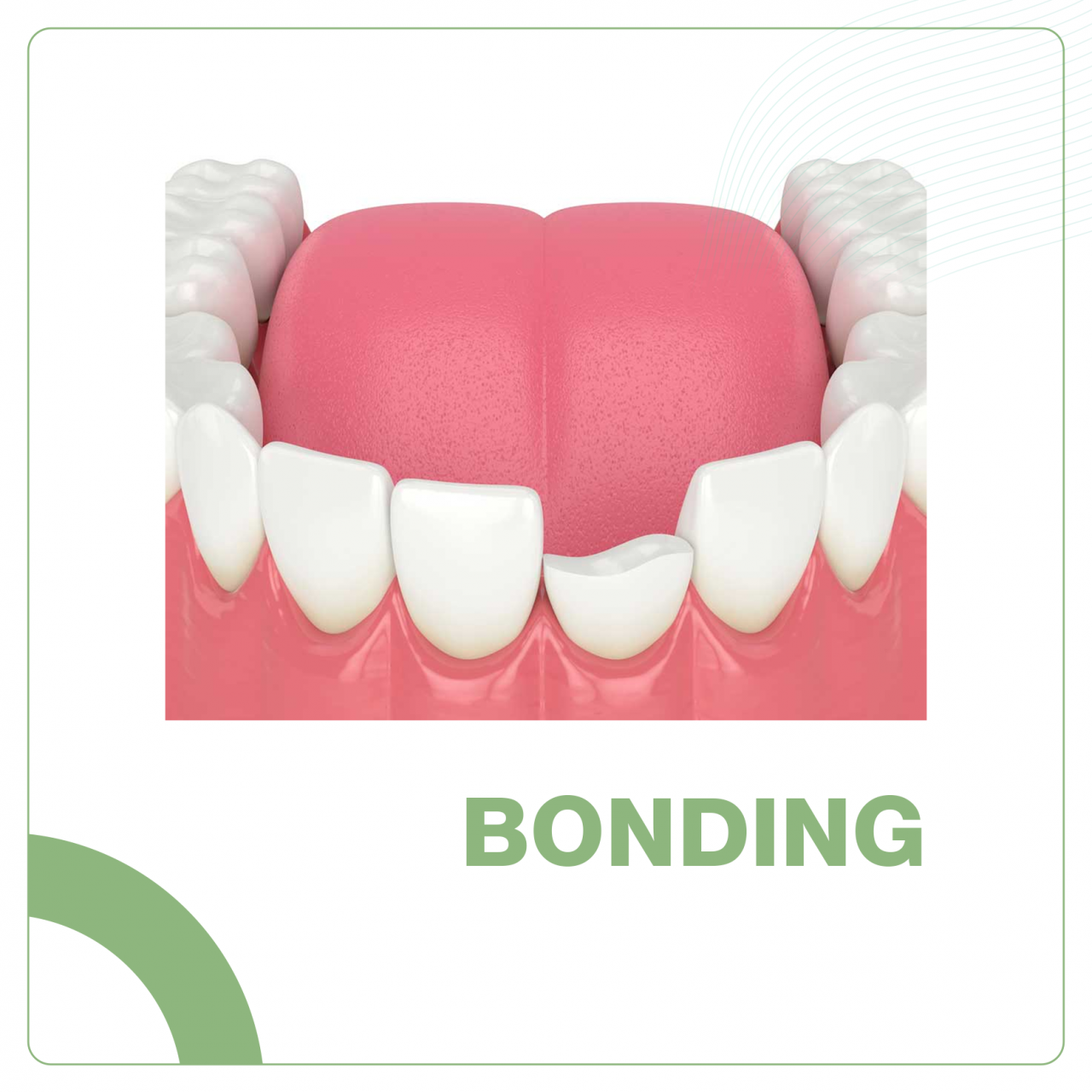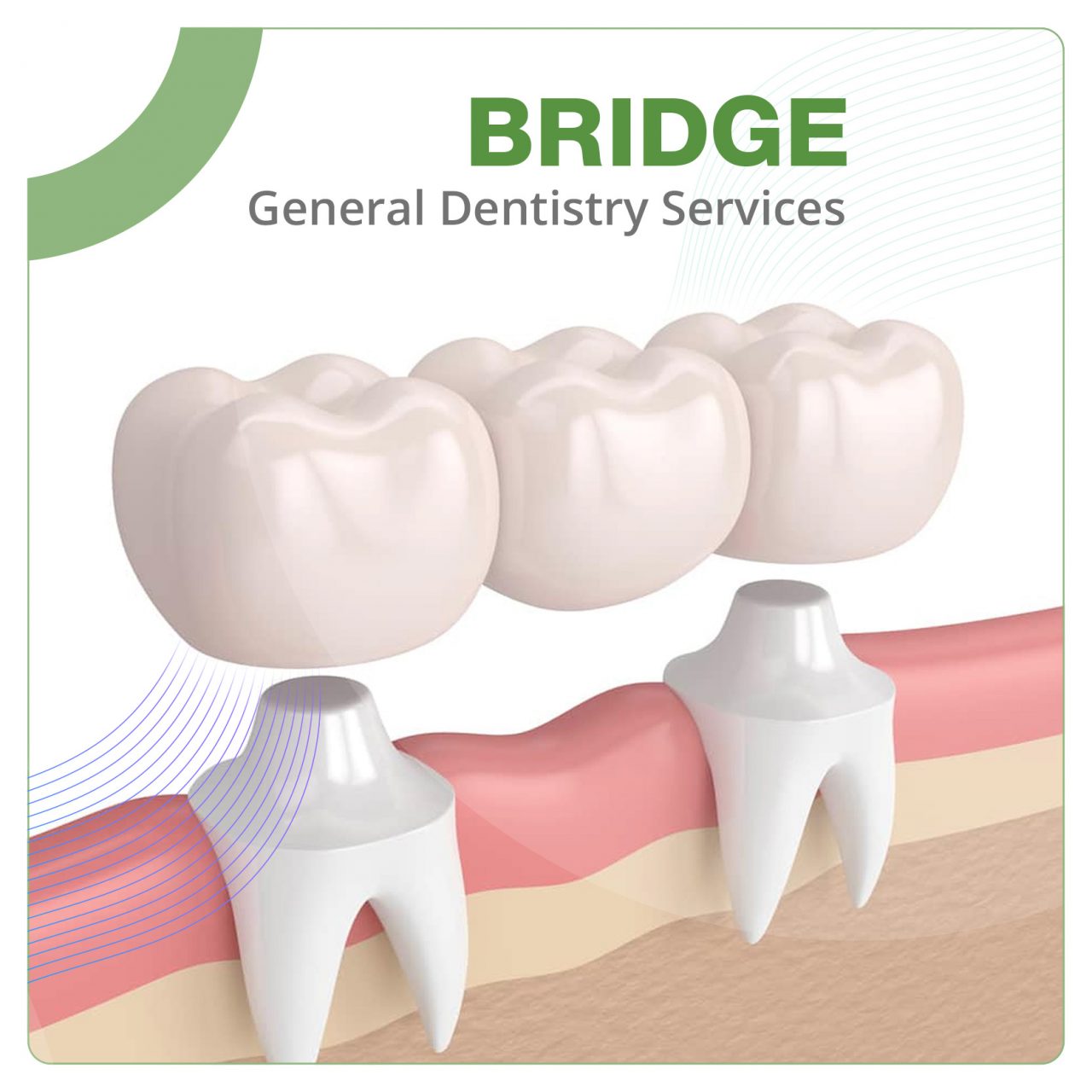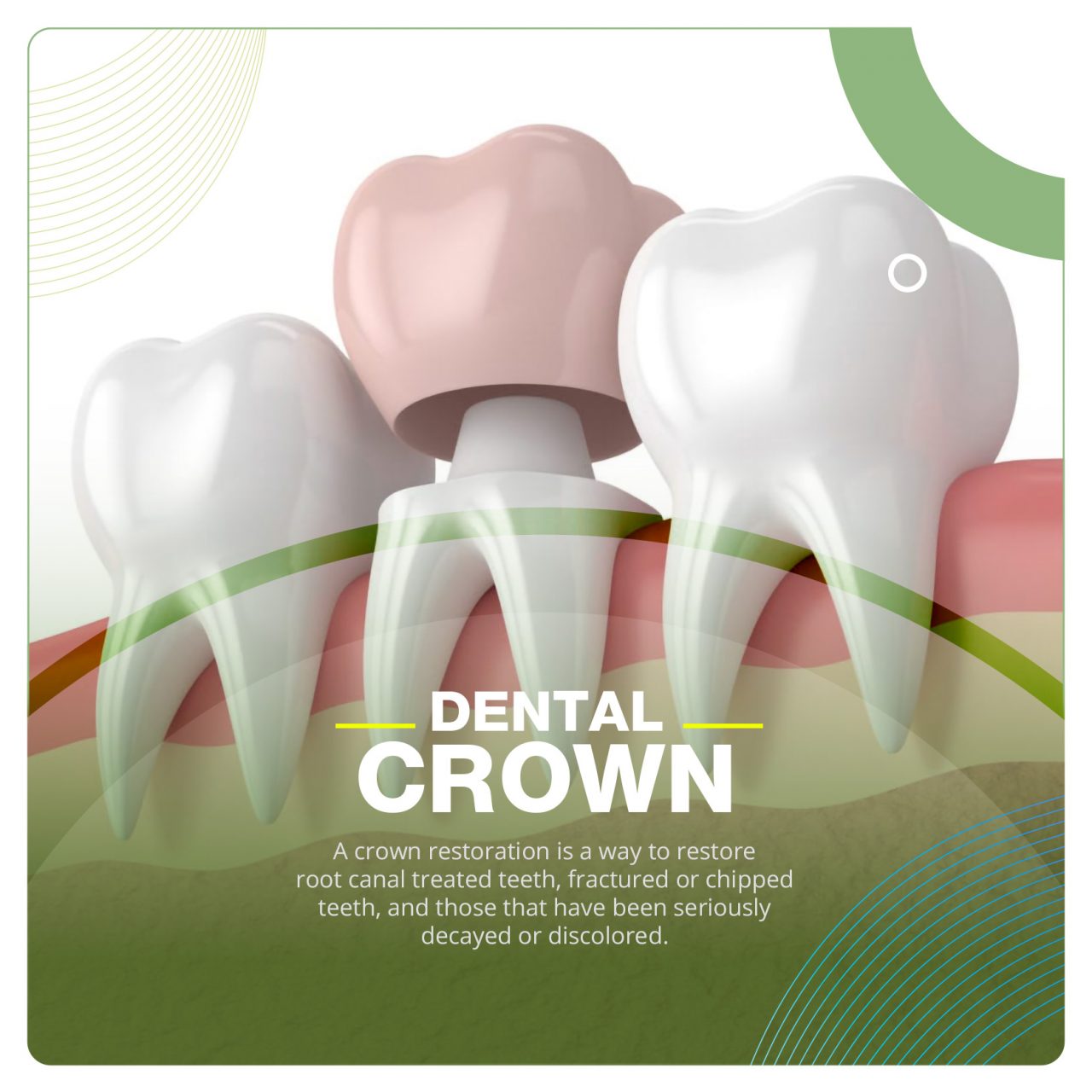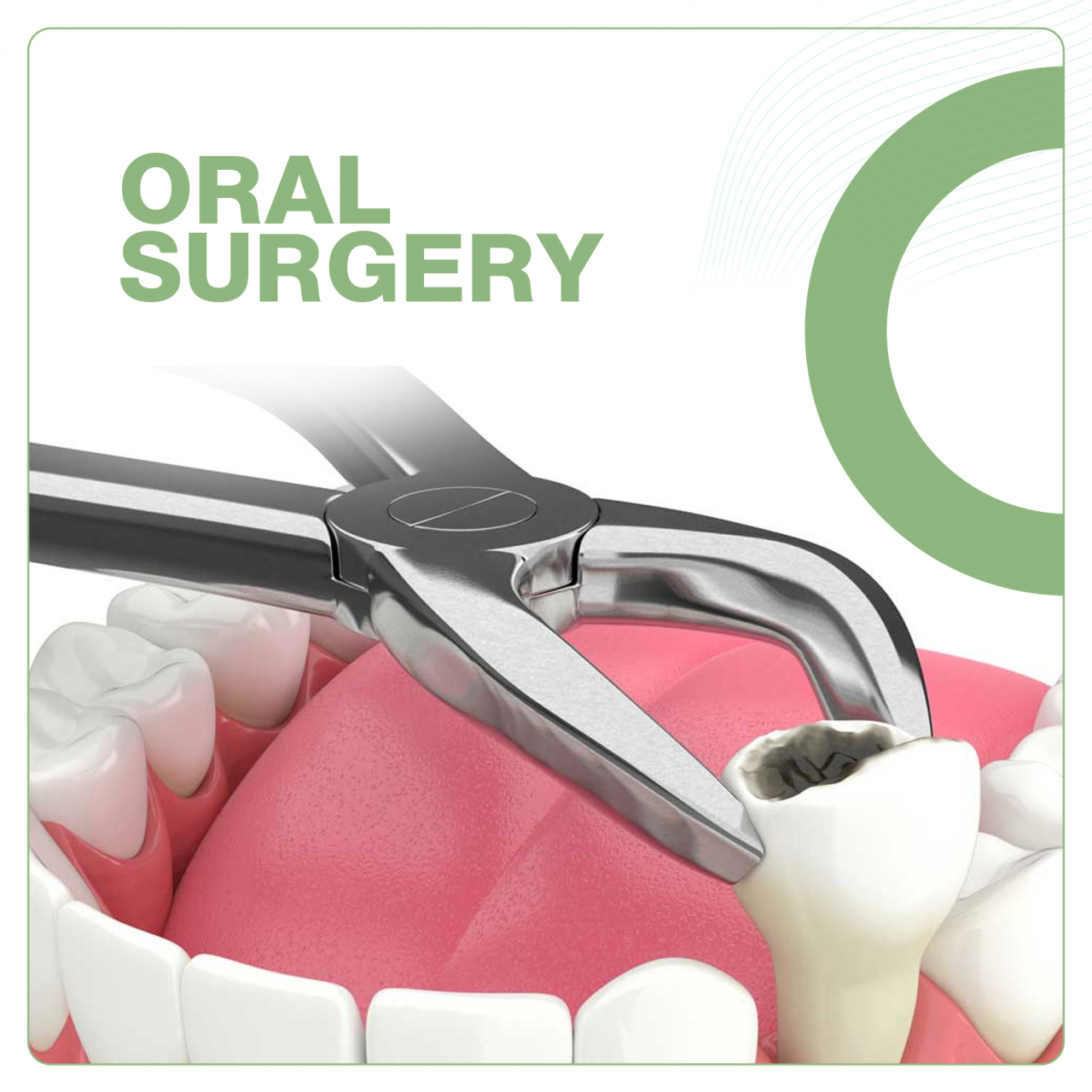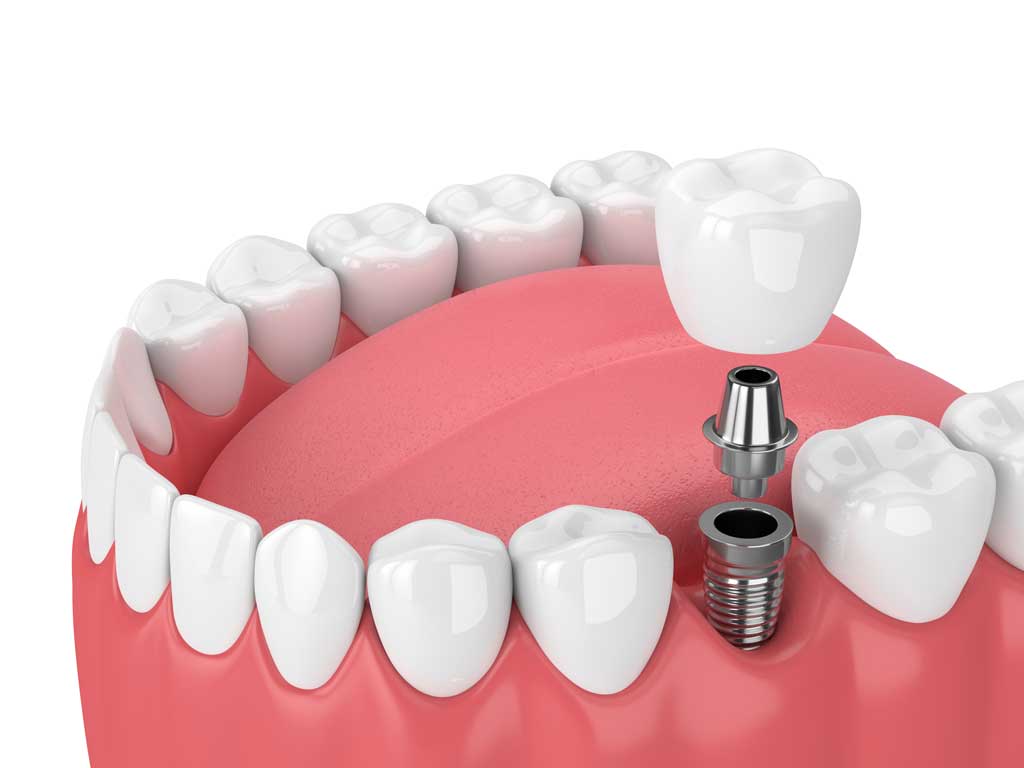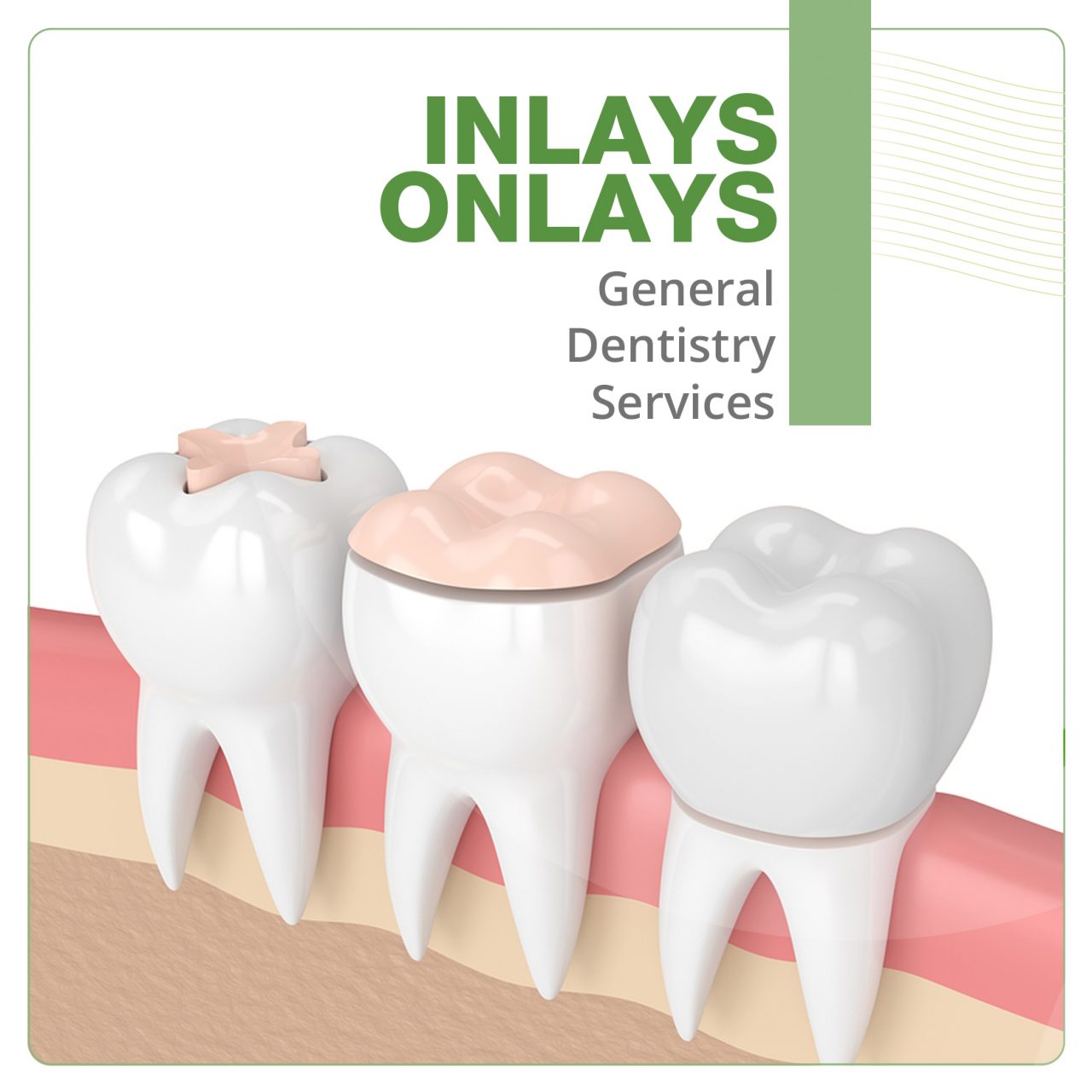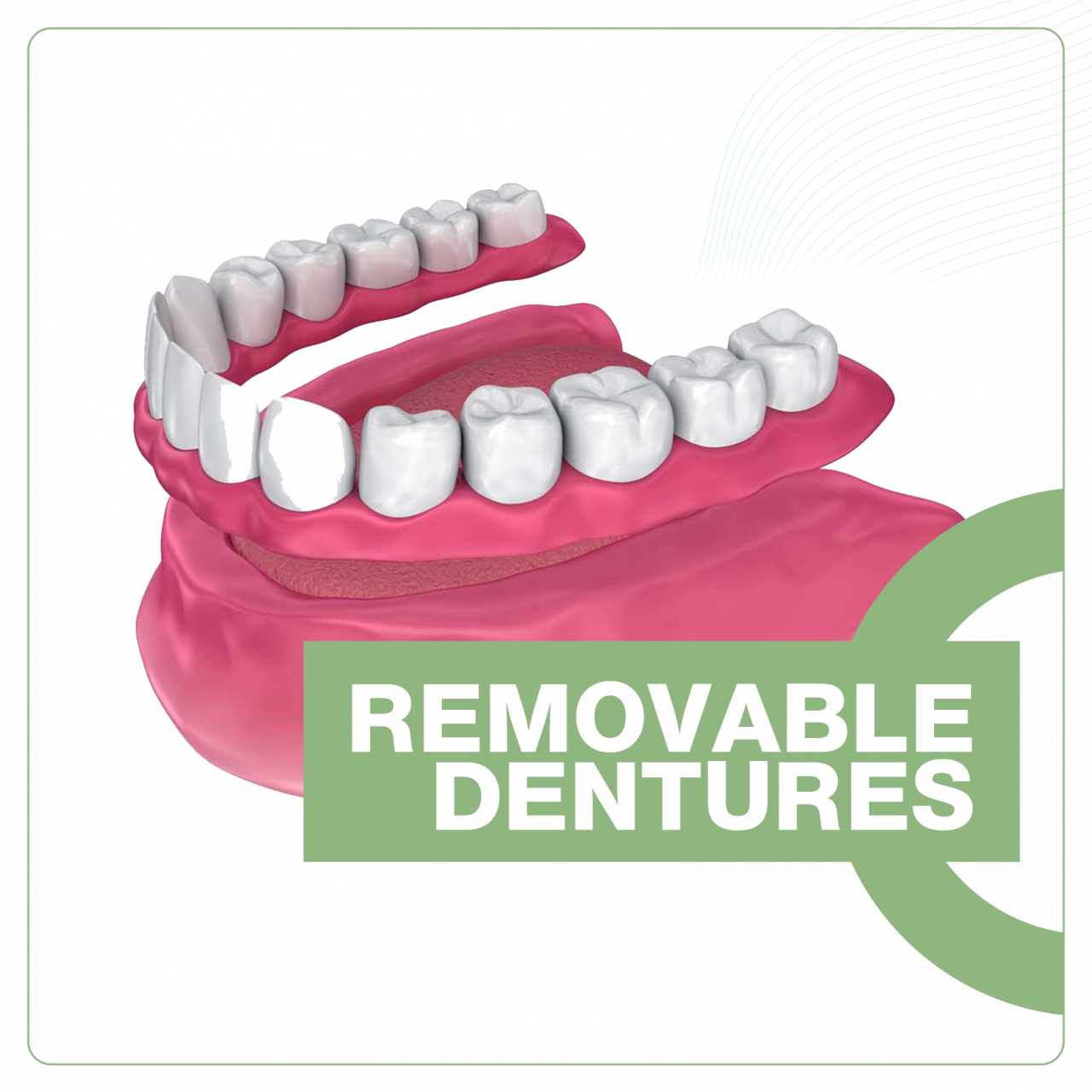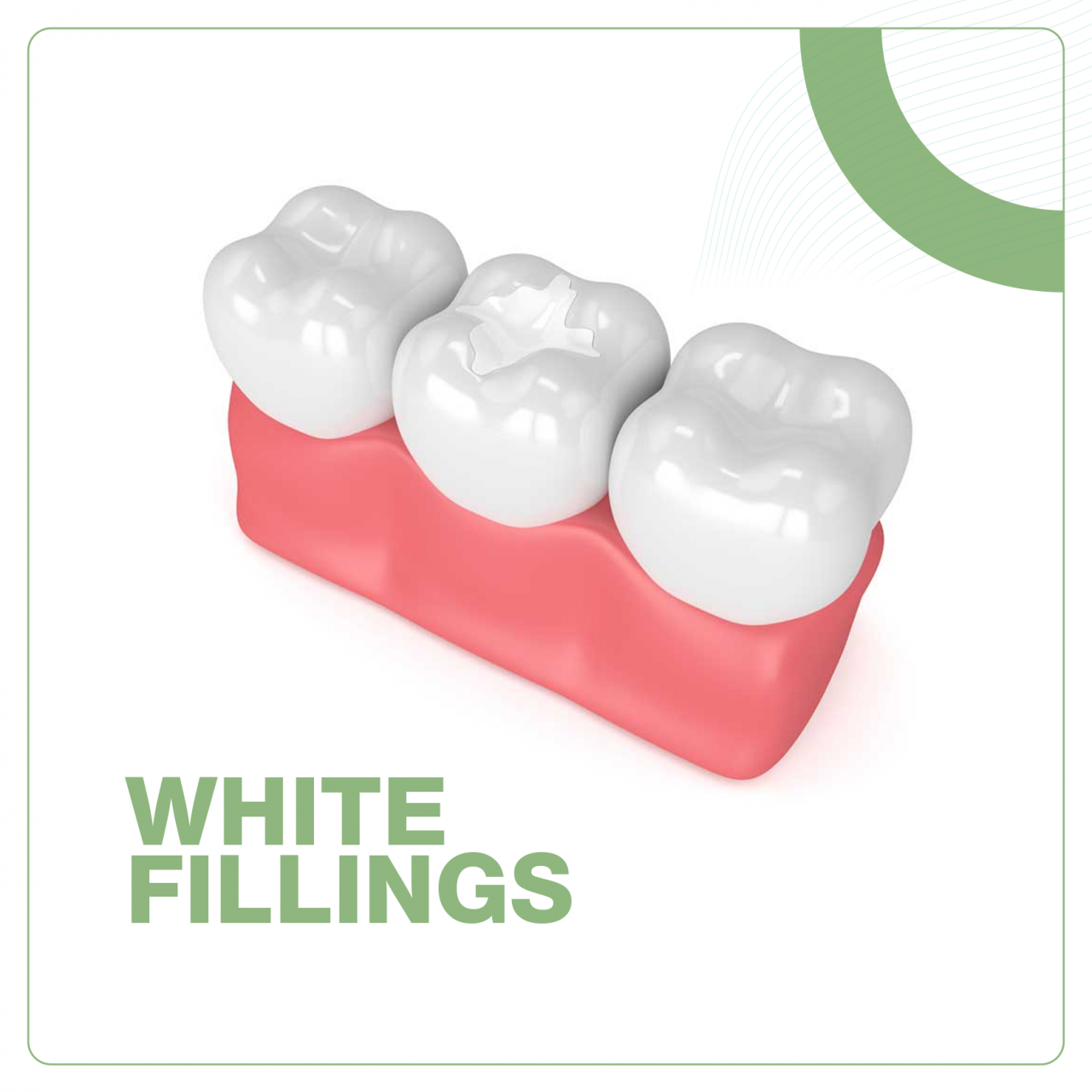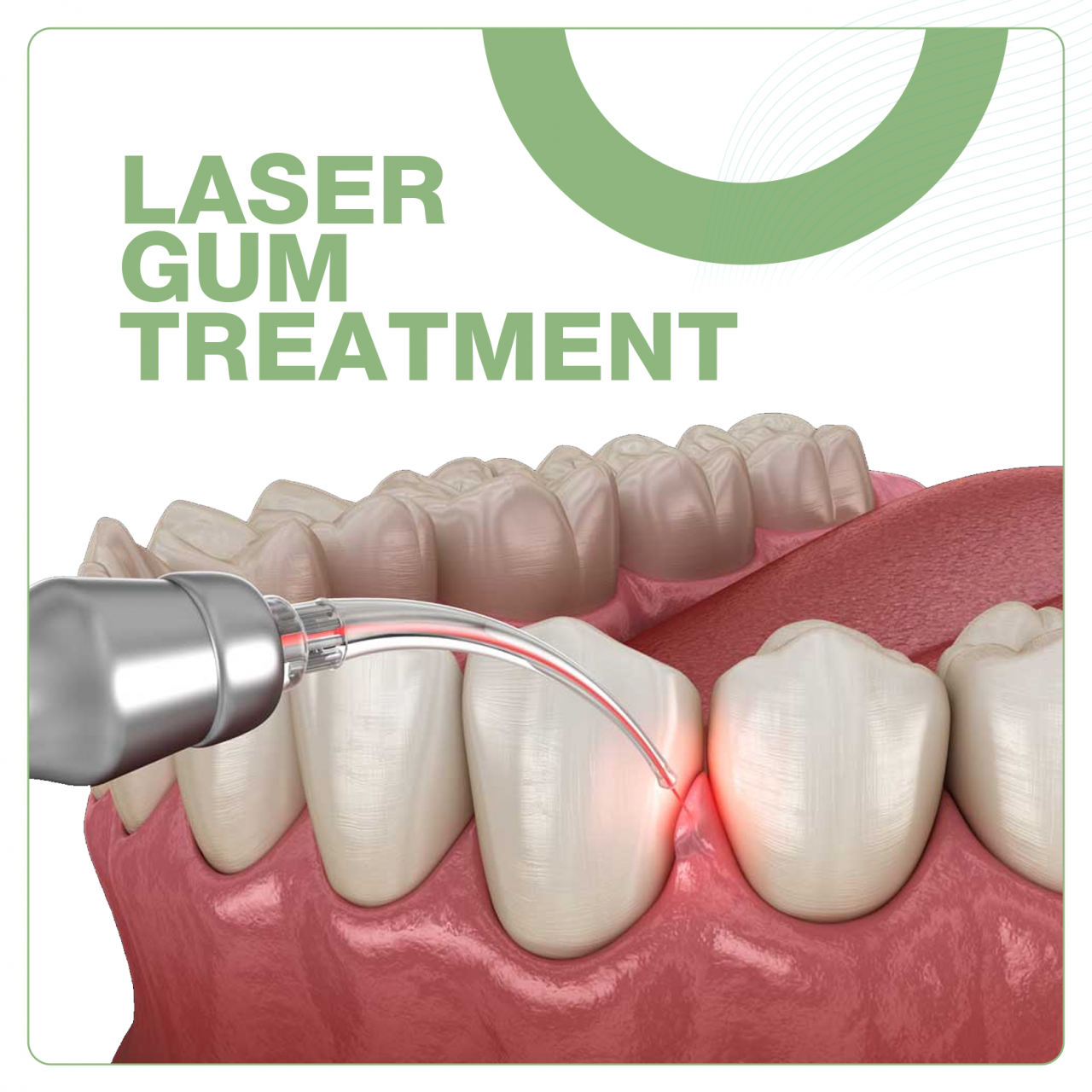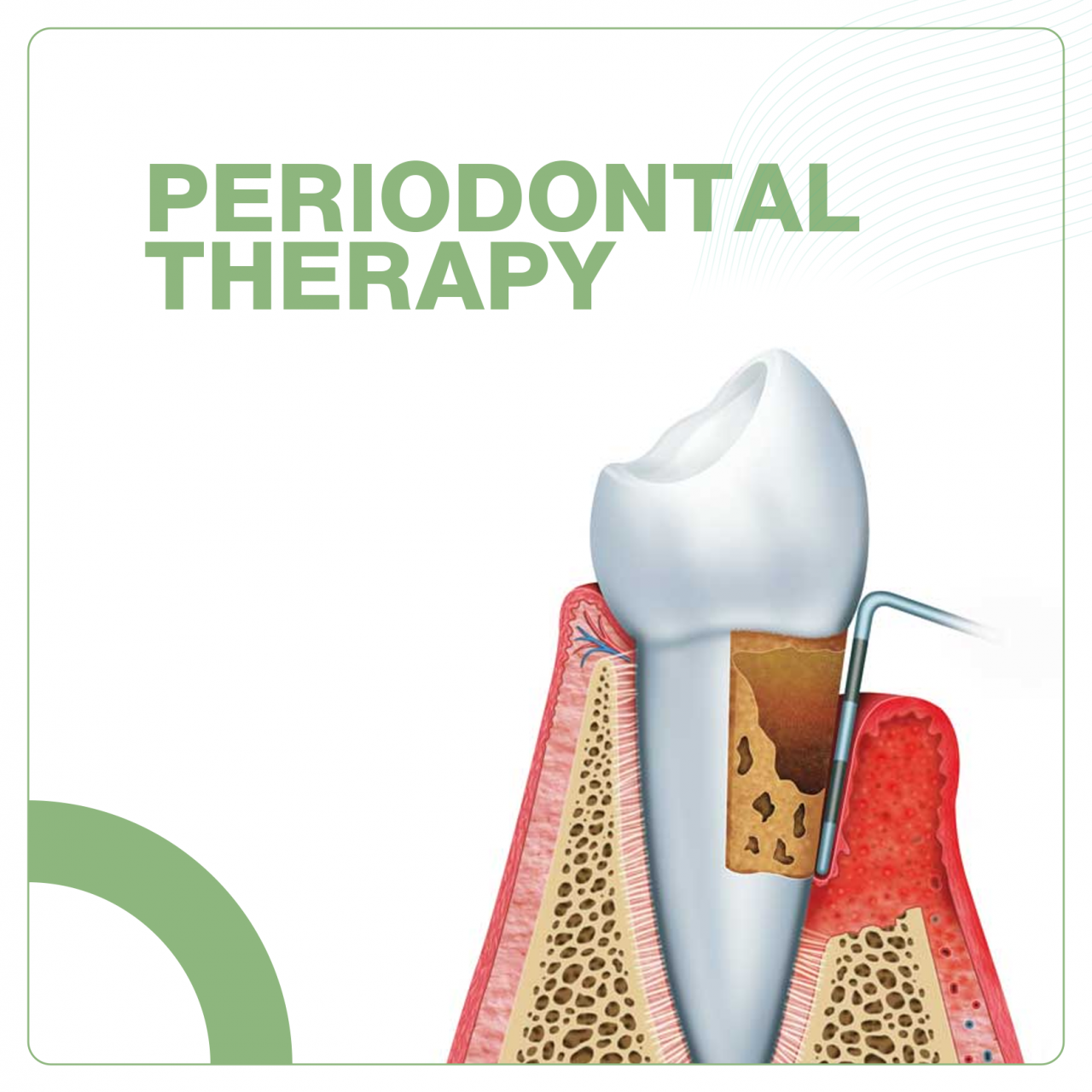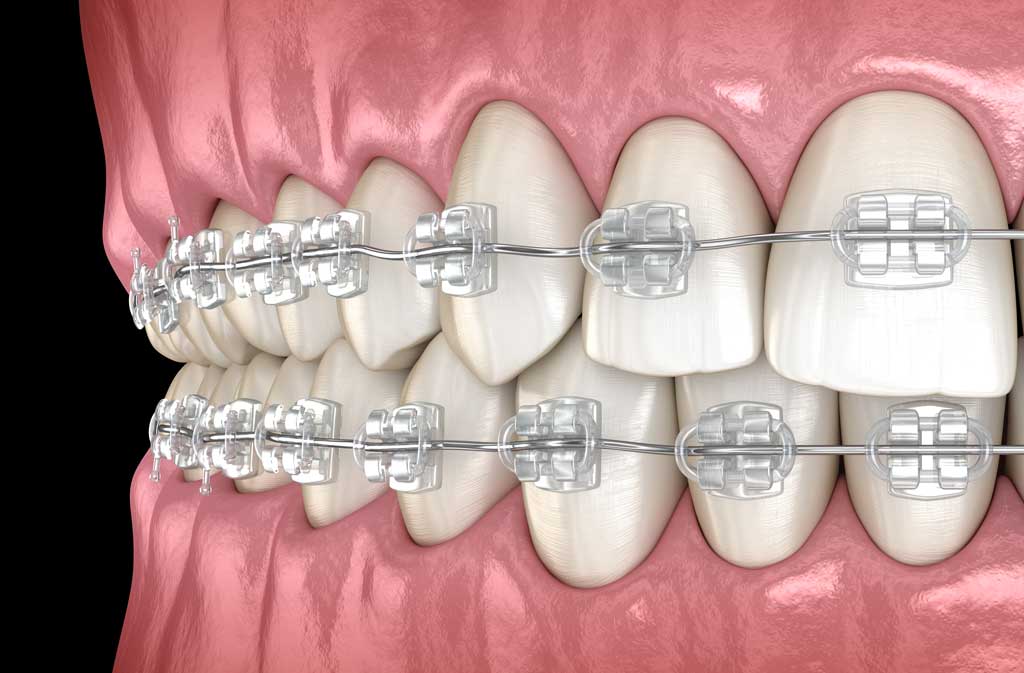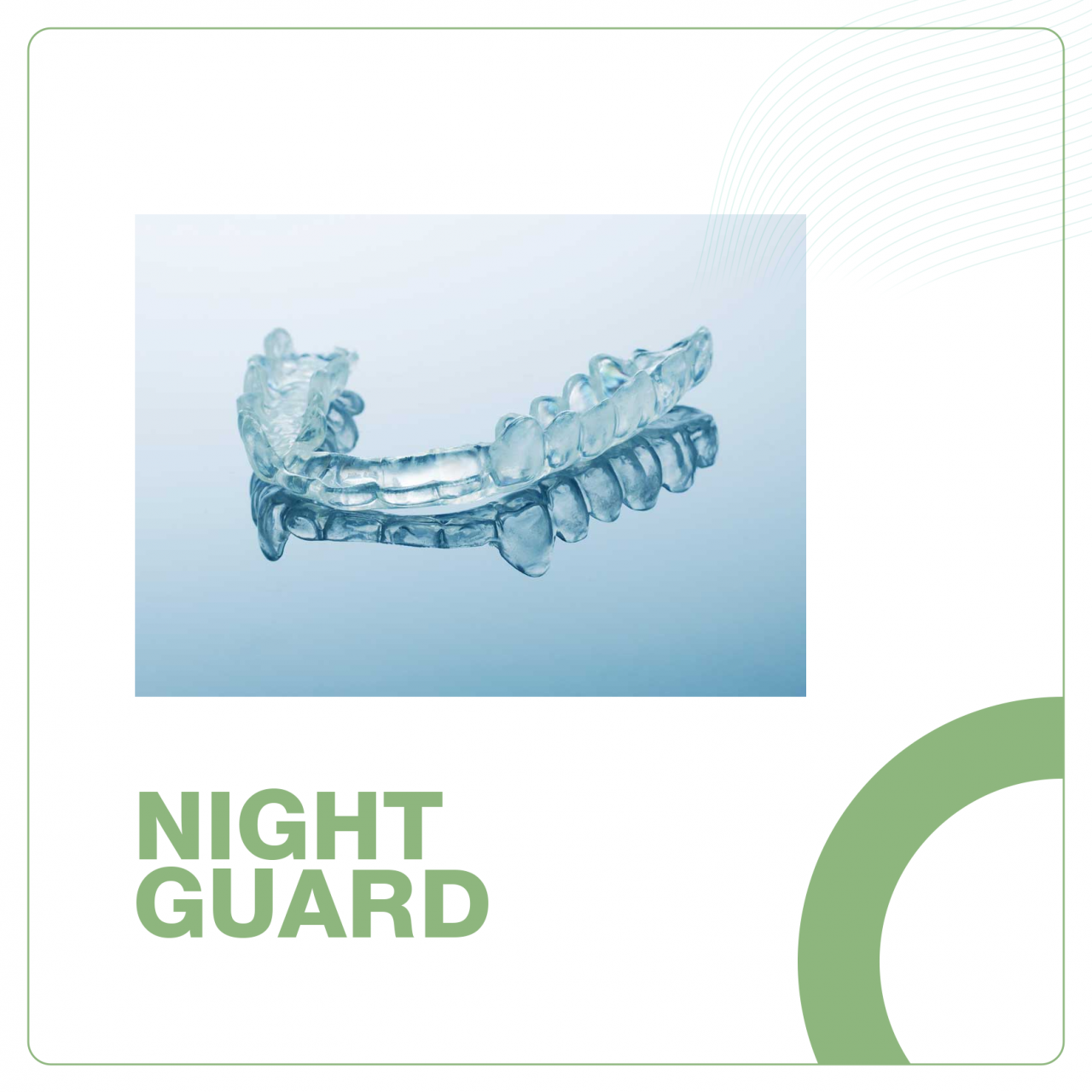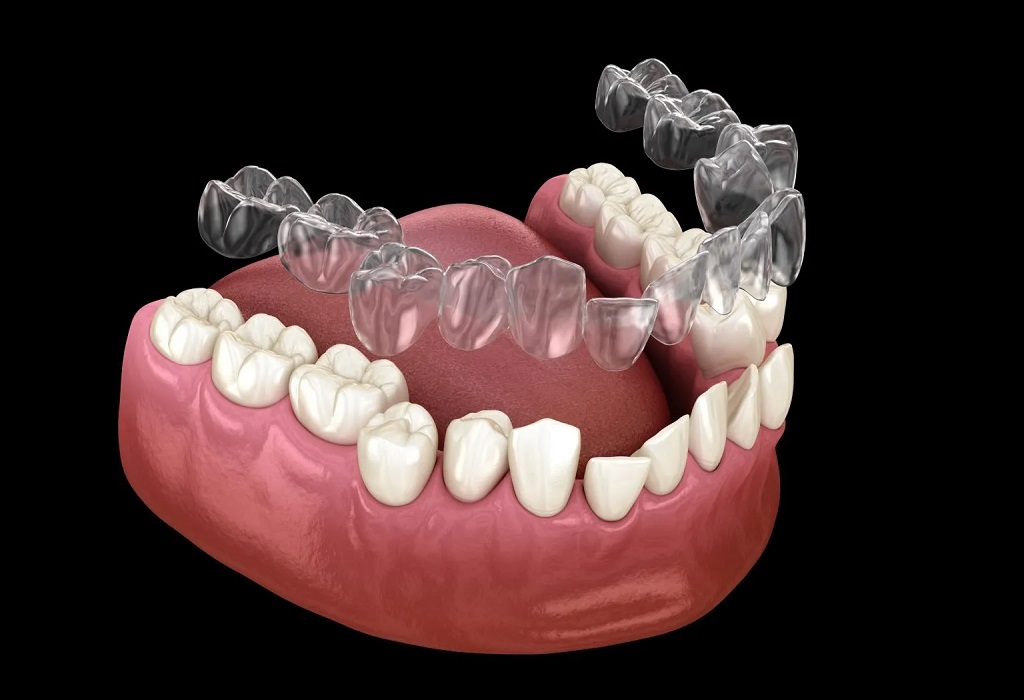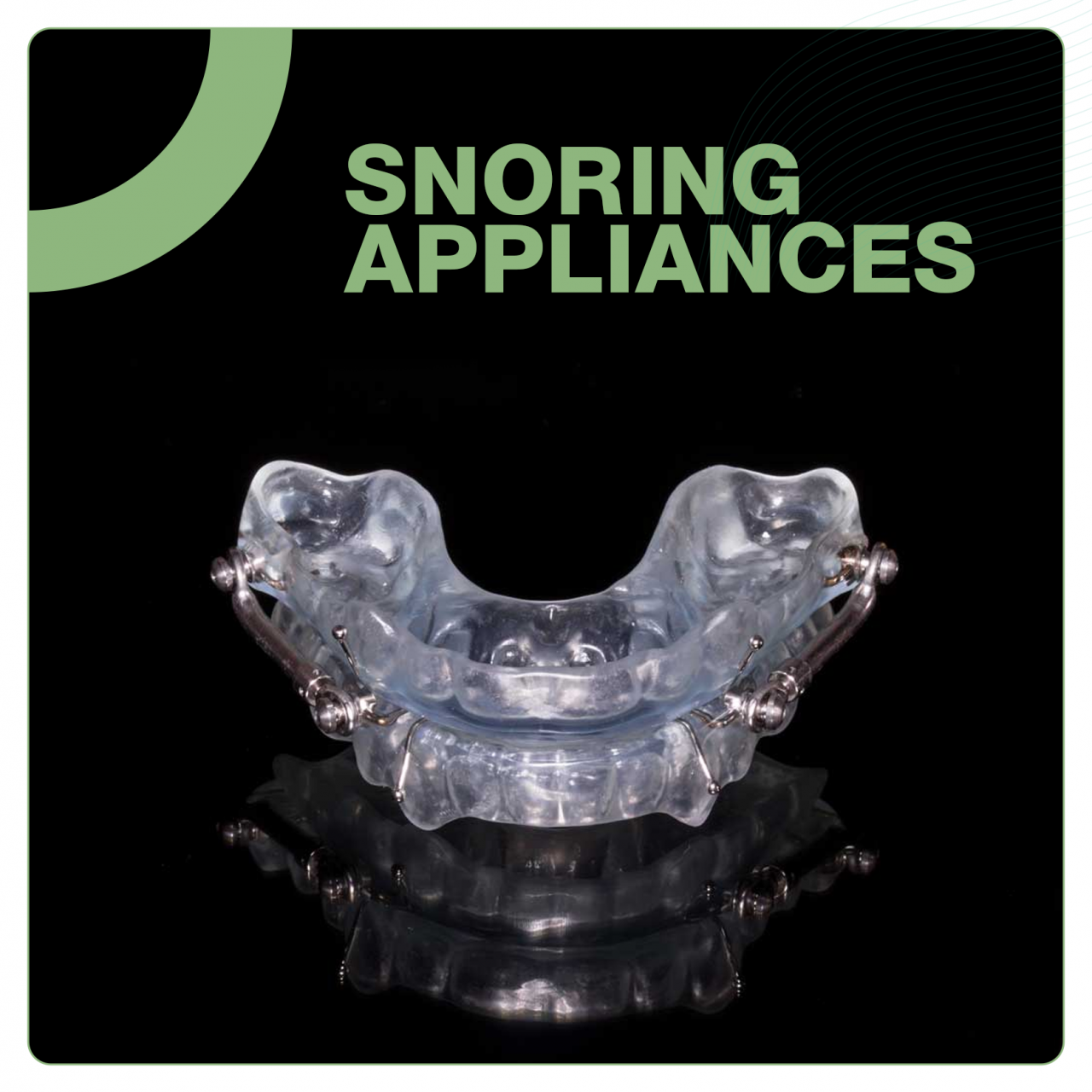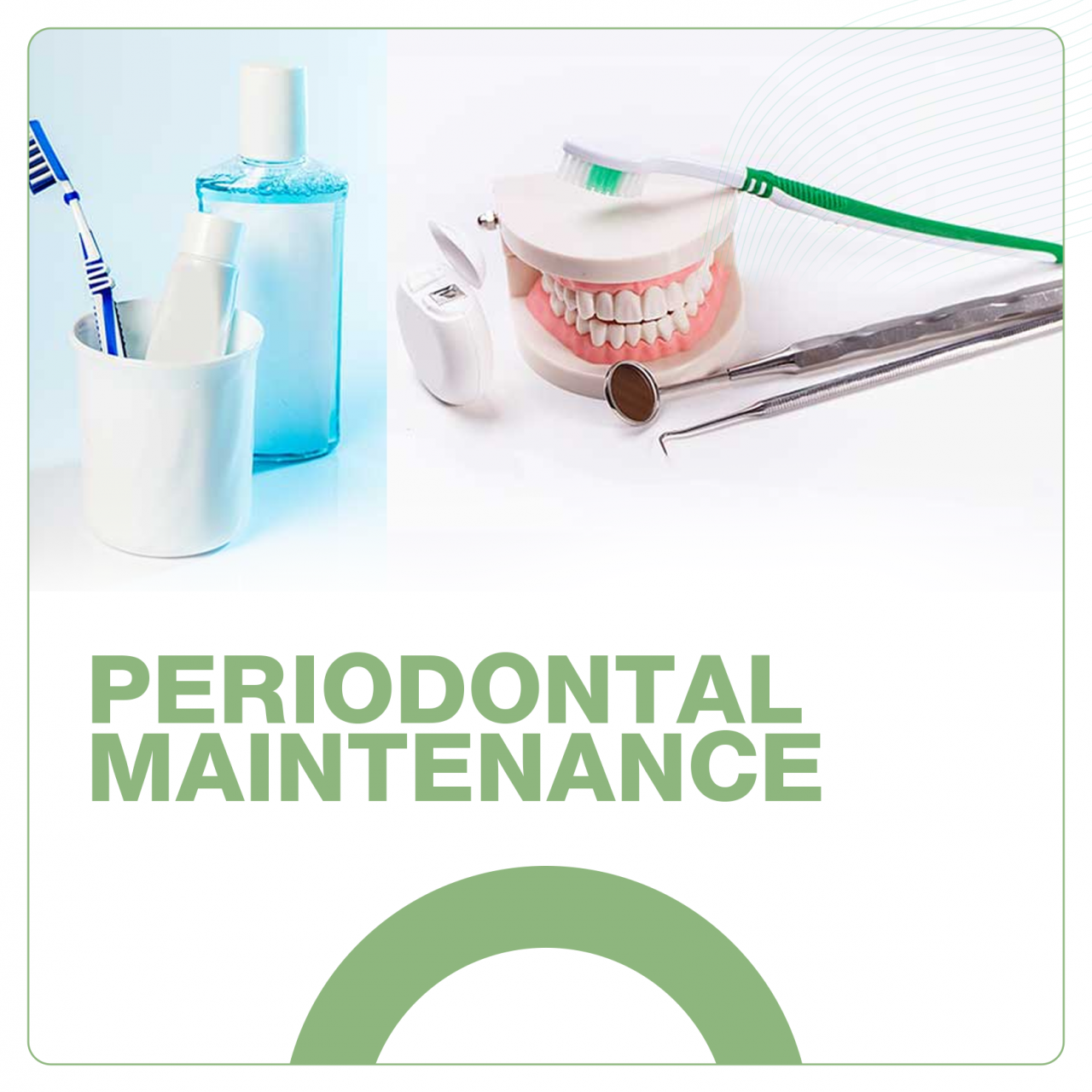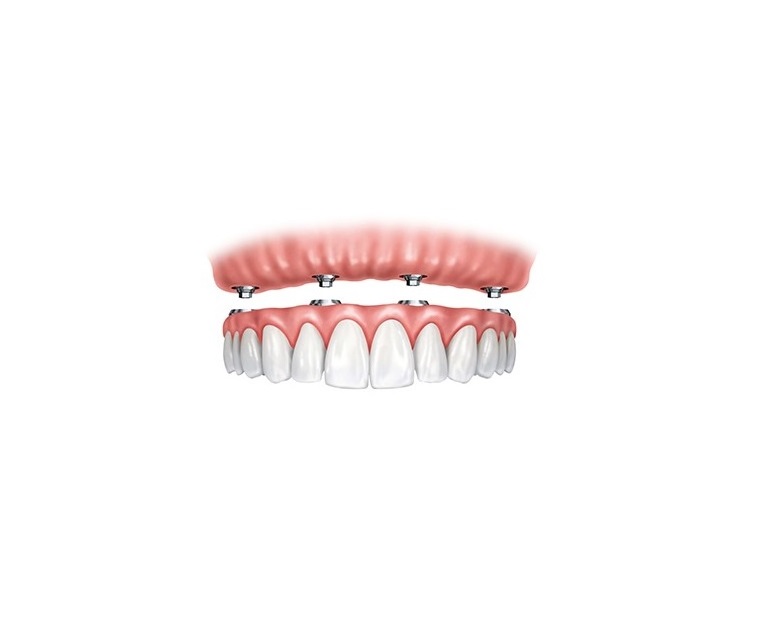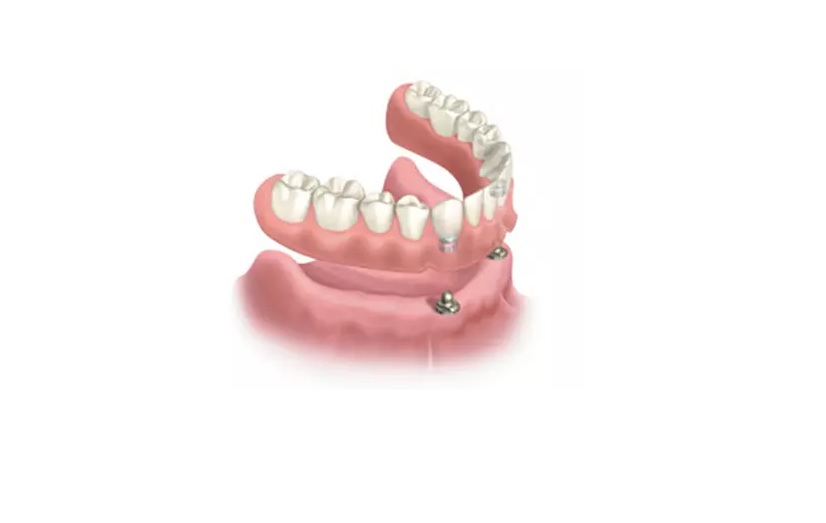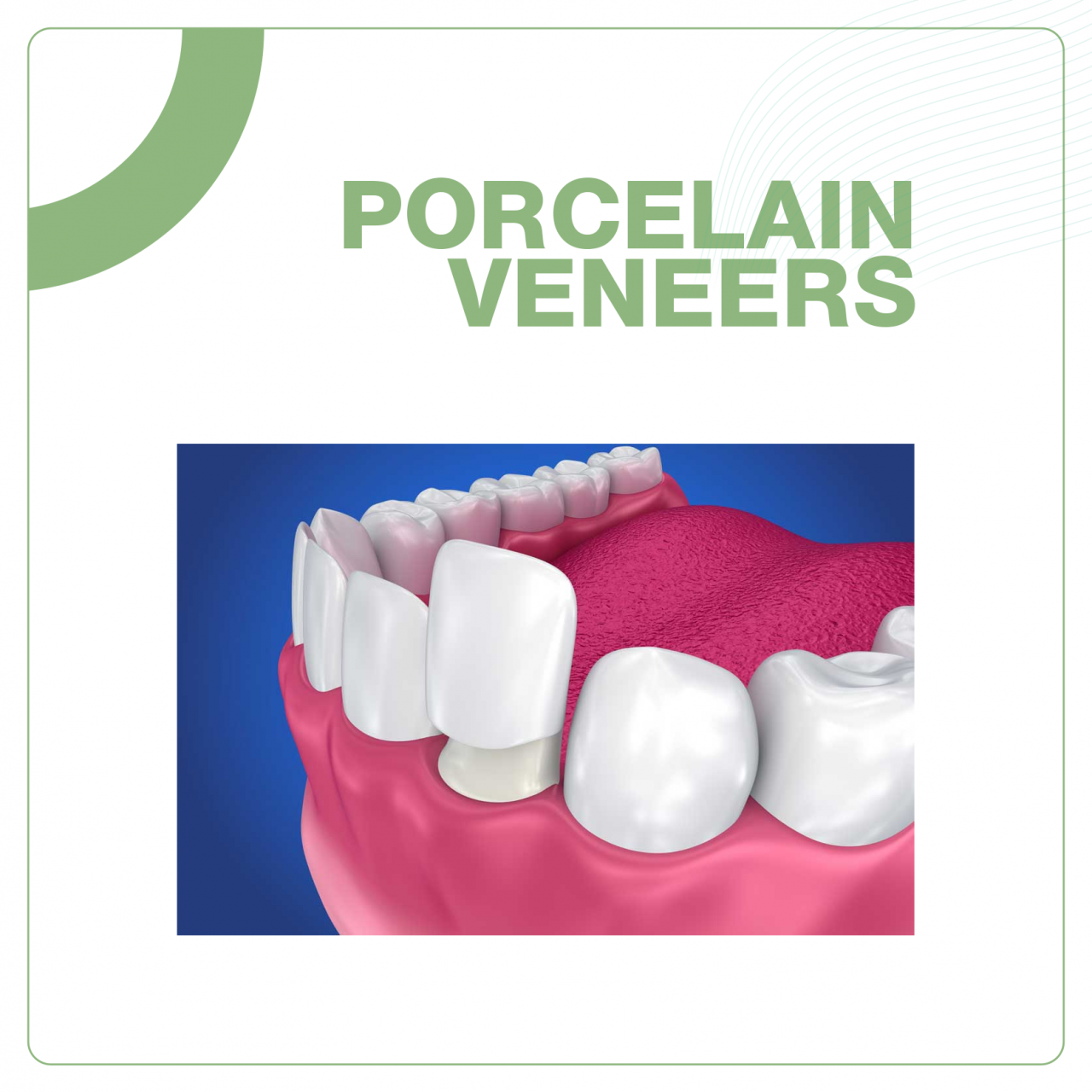
Porcelain Veneers
Veneers are predominantly used on front teeth for cosmetic purposes to restore a variety of damages like worn down, discolored, chipped, rotated, shortened, cracked, or lightly decayed teeth. Veneers do not stain or chip as easily as bonding. While bonding s serve the same purpose as veneers, they do not provide a permanent solution to worn down, discolored, chipped, rotated, shortened, cracked, or lightly decayed teeth.
Veneers are thin shells made from porcelain or composite resin material that are placed over the front surface of teeth to improve their appearance. They are custom-made to fit the teeth and can be used to correct a range of dental issues, such as discoloration, chips, gaps, and misshapen teeth.
Porcelain veneers are generally considered to be more durable and natural-looking than composite resin veneers, but they are also more expensive. Composite resin veneers can be more affordable and can usually be placed in a single visit, whereas porcelain veneers require multiple visits to the dentist.
Both types of veneers require the removal of a small amount of tooth enamel in order to be placed, and they typically last for many years with proper care and maintenance. However, veneers are not suitable for everyone, and your dentist can help determine whether they are a good option for you based on your individual needs and goals.



